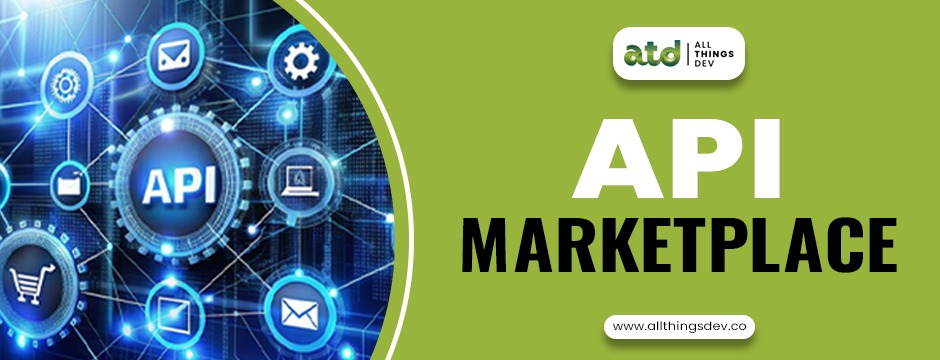Exploring Three Pricing Models for API Calls at AllThingsDev
Deepak Artificial Intelligence API API Marketplace, Free API 0
Pricing API calls can significantly impact how developers and businesses leverage APIs. At AllThingsDev, we offer three flexible API pricing models that cater to various usage needs, ensuring publishers and users find suitable options for their business requirements. These pricing models include Standard API Call Pricing, Credit-Based Pricing, and AI-Based Pricing. Let’s break down each of these models and provide examples to illustrate how they work.
1. Standard API Call Pricing
Overview: In this classic model, each API call made by the user is counted as one request, and the usage quota is simply reduced by one for each call. This approach is straightforward and ideal for APIs with consistent processing requirements per request, providing predictability in usage and cost.
How It Works:
- Each call to the API decreases the total number of allotted API calls.
- Publishers set a price per call, and users pay for each request made against the API.
Example: Suppose you have subscribed to an API that allows 1,000 calls per month at $10. Each time you make a call, it deducts one unit from your total monthly allowance. If you call the API 300 times in a day, you’ll have 700 calls remaining for the rest of the month.
- API Call Made: 1
- Remaining Quota: Initial Quota – Calls Made (1000 – 1 = 999)
This model is highly transparent and ensures users can track their usage based on simple call counts.
2. Credit-Based Pricing
Overview: In credit-based pricing, API publishers assign a specific credit value to each API call, reflecting the cost or complexity of that call. This value is returned in the API response header as x-atd-credits, allowing users to understand the number of credits consumed. Additionally, publishers set up a pricing structure where users can buy credits (e.g., $10 for 1,000 credits). Credits are then deducted based on each call’s credit value, providing a flexible, consumption-based billing model.
Credit Evaluation Criteria: Publishers define criteria within a “Credit Evaluation Criteria” text box that clarifies how credits are calculated for each call. This should offer a transparent breakdown, helping users understand how their credits will be charged.
Example: Imagine a weather API with different credit requirements for various data requests:
- Current Weather Data: 5 credits per call
- Historical Weather Data: 10 credits per call
- Forecast Data: 8 credits per call
A user with a $20 credit balance (equivalent to 2,000 credits) could mix and match their requests based on their needs:
- Request: Forecast Data
- Credits Deducted: 8
- Remaining Credits: Initial Credits – Deducted Credits (2000 – 8 = 1992)
The x-atd-credits header would reflect “8” for the forecast data call. This model lets users consume credits dynamically, aligning with more complex or variable API usage patterns.
3. AI-Based API Pricing (Two-Part Endpoints)
Overview: AI-based APIs often involve resource-intensive processing. This pricing model involves two main endpoints: Job Dispatch (where a task is initiated) and Job Result (where results are fetched). The credits are determined and returned at the Job Result endpoint based on the actual resources used during the data processing phase.
However, if a user calls the Job Dispatch API but does not subsequently call the Job Result API within a specific period, AllThingsDev’s backend will automatically trigger the Job Result endpoint to verify and deduct the credits.
How It Works:
- Job Dispatch API: Initiates the job, and users receive a job ID.
- Job Result API: Once the job is complete, it provides the outcome, and the credit cost is returned in the
x-atd-creditsheader. - Auto-Deduction: If no result call is made by the user within 10 minutes, AllThingsDev automatically calls the Job Result API to assess the credit deduction for the job.
Example: Suppose you’re working with an AI-based image recognition API with the following endpoints:
-
Job Dispatch: Starts processing an image for object detection (no immediate credits charged)
-
Job Result: Completes processing and returns a credit cost based on resources used
-
Scenario: The Job Dispatch is called to analyze an image, and the Job Result returns a credit cost of 25 credits for that job.
-
Outcome if the User Calls Job Result: Credits deducted directly (e.g., 25 credits).
-
Outcome if the User Skips Job Result: After 10 minutes, AllThingsDev calls Job Result from the backend, deducting 25 credits automatically from the user’s balance.
This model is ideal for AI tasks where processing costs vary and may involve extensive computation or waiting times for final results.
If you’re an API creator, we invite you to create and publish your API on our platform. Simply use this link to get started or visit our website for a seamless setup experience. For more information, feel free to reach out to our support team at support@allthingsdev.co. Additionally, explore a wide range of AI-based APIs available on our platform, designed to help you connect with developers and grow your audience efficiently
Conclusion
At AllThingsDev, these three pricing models offer flexible and transparent options for API publishers and users alike. With Standard API Call Pricing, users have clear control over their usage and budget; Credit-Based Pricing enables flexible consumption, adjusting for different resource needs; and AI-Based Pricing provides a tailored solution for high-computation jobs, automating the credit deduction process if necessary. These options provide the versatility needed to match a wide array of API consumption patterns, making it easy for users to find the right plan for their requirements.




